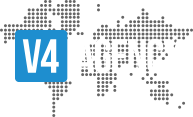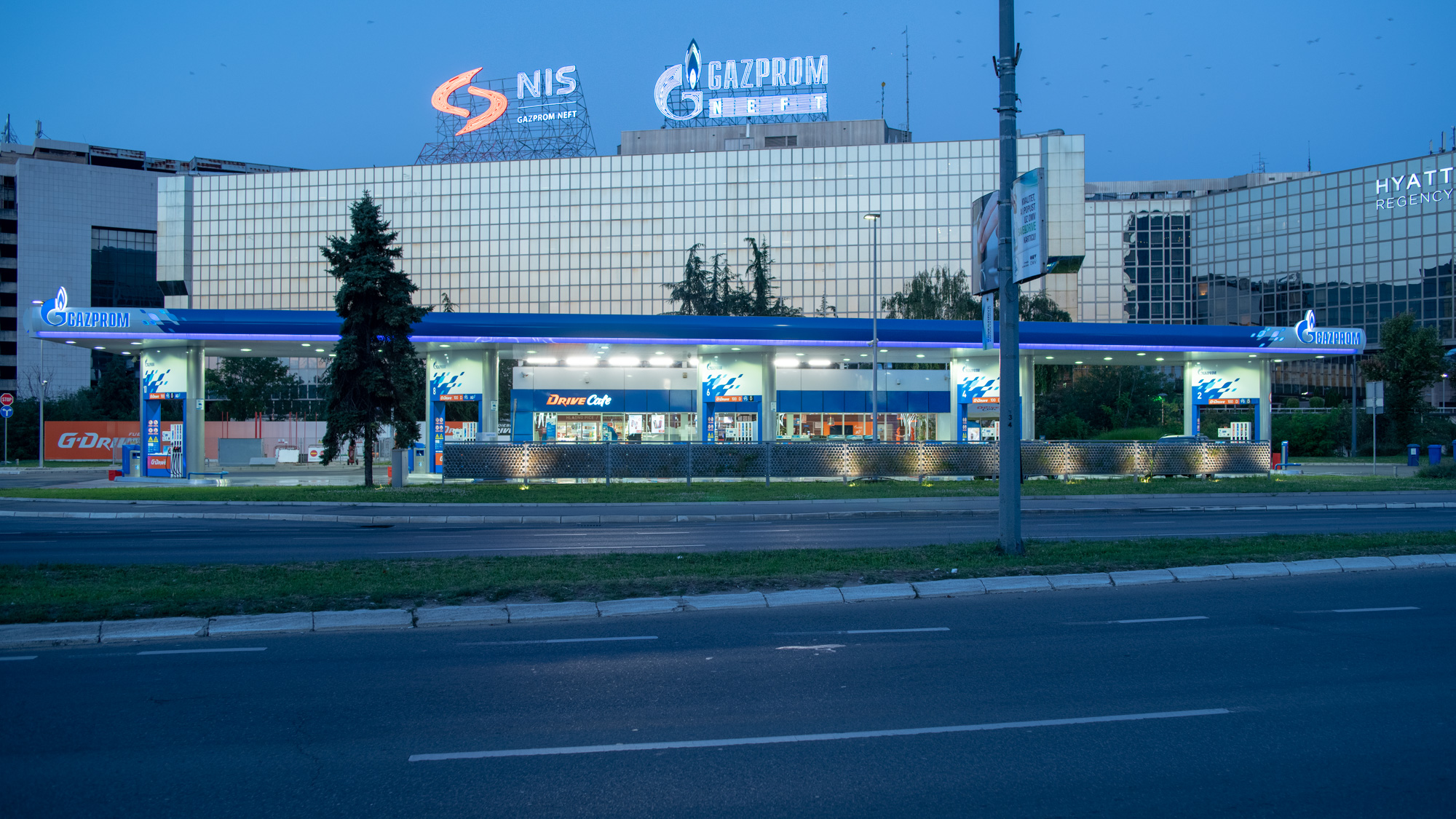
Fuel price caps unable to stop price hikes in several countries
Several Balkan states have introduced price freezes on fuels. Nevertheless, fuel price in Serbia has significantly risen since the first price cap was imposed, as the price is adjusted from week to week. The situation is similar in Montenegro. In Croatia, the price depends on which petrol station motorists choose to refuel their cars. Slovenia is facing supply disruptions.
People pay the most in Northern countries
Fuel prices are soaring in Europe. A litre of petrol costs well over 2 euros in countries whose governments have not intervened and prices are determined by the market. Based on the international comparison published by the website cargopedia, the highest prices nearly 2.5 euros for a litre of petrol, must be paid in Finland, Denmark, Norway and the Netherlands. Prices are almost at the same level also in Greece, so those planning to travel by car or coach to the popular tourist destination should calculate with higher costs than usual. By contrast, the price of fuel is the lowest for Belarusians, who pay 68 euro cents for a litre of petrol, followed by Russians paying 88 cents. Several countries have introduced price caps to keep them at bay.
Prices rising in Serbia despite caps
Although Serbia’s government has imposed limits on fuel prices, the price of petrol and diesel continues to rise in the Balkan country. The Belgrade government decided that price caps would be reviewed every week, and set every Friday for the next 7 days with global market trends taken into account.
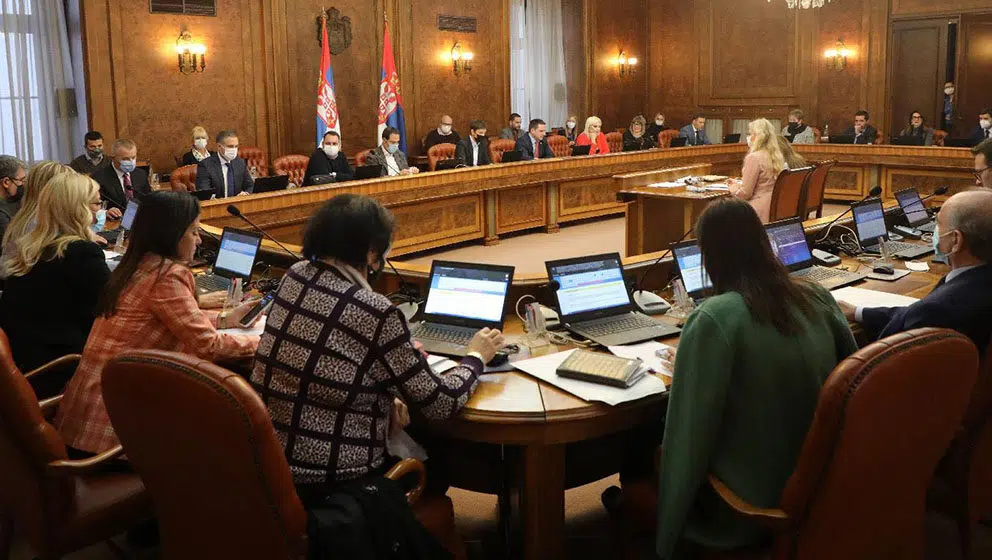
Photo: Serbia’s government
Serbia’s government issued a decree to curb fuel prices on 10 February and has prolonged its effect on a monthly basis. When the first price cap was introduced, petrol costed 171 dinars (1.46 euros) per litre at the pump, with diesel sold at a slightly higher 179 dinars (1.52 euros). After weekly adjustments, 95-octane petrol now costs 198 dinars (1.69 euros) and diesel stands at 209 dinars (1.78) euros. Since February, prices rose by roughly 30 dinars, or 26 cents. Experts say that this is still favourable, because fuel would cost 235 dinars at market prices, equivalent of about 2 euros.
If an average 50-litre petrol tank is taken as the basis of comparison, motorists in Serbia have to pay 1500 dinars or 12 euros more today than in February. A full tank of petrol cost 8550 dinars or 72 euros in February, whereas it costs nearly 10 thousand dinars or 85 euros.

Photo: Pixabay
The Association of Serbia’s Oil Companies says that they do not know whether the decree will be extended, because they have no information about the government’s plans, but Tomislav Micovic says that it is just an illusion that the global situation and the market will calm down in the near future.
„Changes in crude oil prices do not follow the same pattern as part oil prices. There is an uprecedented difference between the prices of crude oil and oil derivatives. Diesel, for example, has a dominant position on the market, because that is the fuel sold in the largest quantities. Its procurement, however, it is a nightmare as there isn’t enough oil in the refineries,” Mr Micovic says.
Experts say another problem is that there aren’t enough oil refinery capacities in the world. As a result, refinery profit margins have skyrocketed, which in turn means that consumers have to pay far more for petrol and diesel than oil prices would justify.
Between 1985 to 2021, the gap between the price of crude oil and refined products averaged about 10.50 dollars per barrel. Last week, it hit an all-time high of almost 61 dollars.
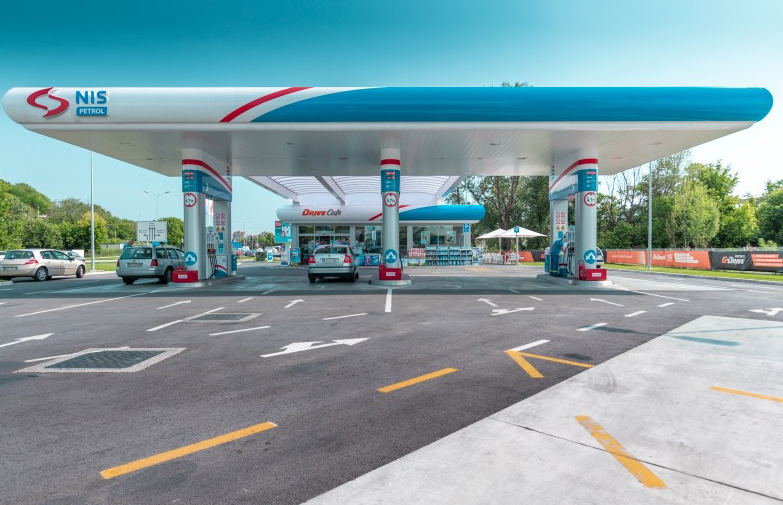
Photo: NIS.rs
In Serbia, the government decides on the regulation for the following week, taking into account all these circumstances. The Ministry of Energy sends the wholesale price calculations to the Ministry of Trade by 13:00 every Friday, which decides on retail prices and publishes them by 3 pm on Friday at the latest. Petrol stations adjust their prices accordingly. Under the rules, retail prices must not be higher than the highest price announced by the ministry.
Prices have risen again in Montenegro
Similar restrictions are in place in Montenegro, but the coastal country has also seen a significant increase in fuel prices recently. 95 petrol in Montenegro now costs €1.73 and diesel €1.78. Diesel costs 20 cents more, petrol 8 cents more than the previous price. The current prices will remain in place until 4 July, after which the ministry will decide how much fuel will cost for the next period.
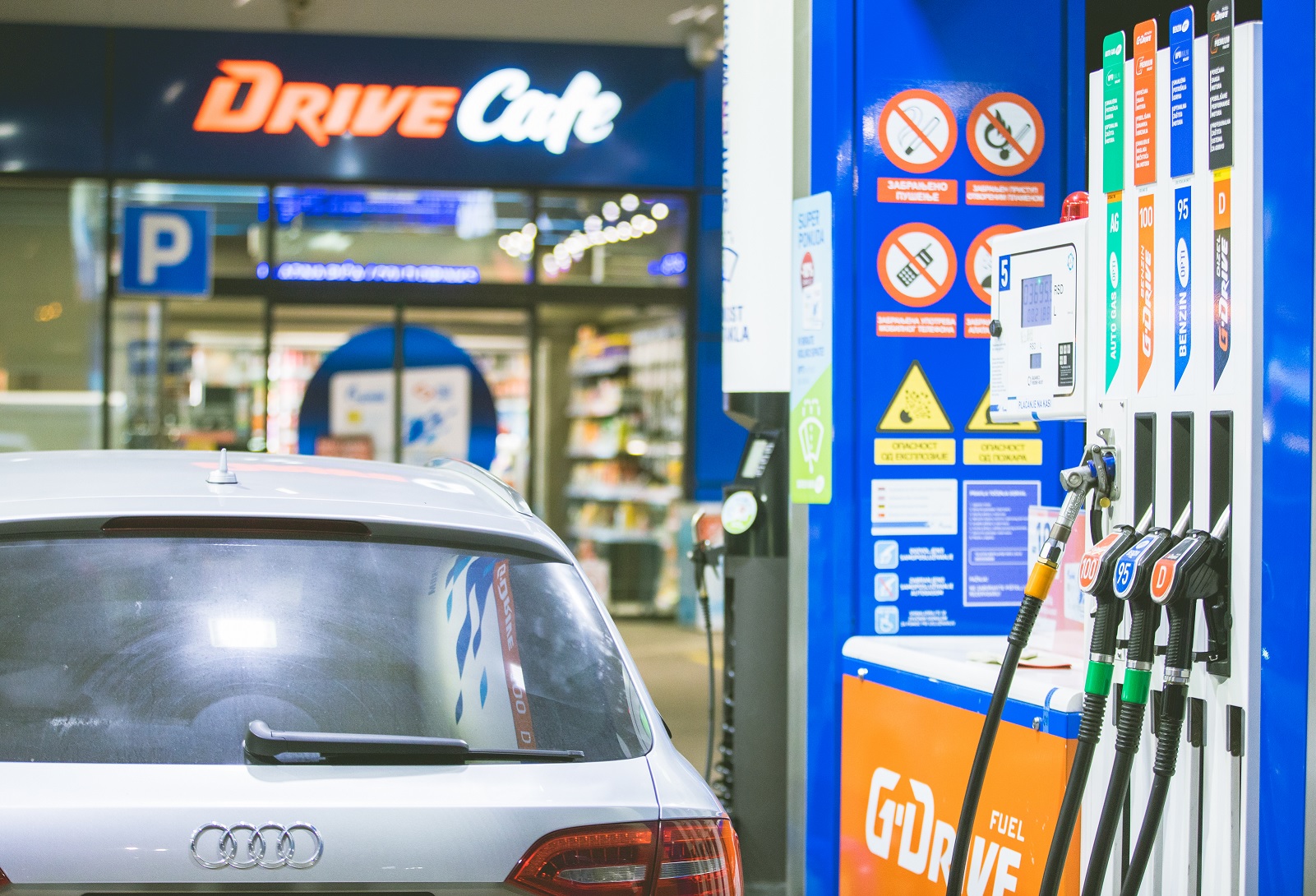
Photo: NIS.rs
Prices in Croatia depend on the location of petrol stations
Prime Minister Andrej Plenkovic has announced that the Zagreb government will also limit the maximum retail price of fuel. Interestingly, however, this price freeze only applies to petrol stations which are not located along motorways. For the thousands of tourists heading to the sea, it may be a good idea to take a detour to refuel as they can save a significant amount of money with that. A litre of 95 petrol costs 14.57 kunas, or €1.94, and diesel 14.06 kunas, or €1.87, at the fuel stations along motorways.
If you’re willing to get off the motorway to fill up, diesel will cost 13.08 kunas, or €1.74, while 95 petrol will cost 13.50 kunas, or €1.8.
Supply disruptions in Slovenia
The new Slovenian government has decided to abolish the state-subsidised fuel prices introduced by the previous cabinet. This means that from this week, the price of petrol and diesel will be dictated by the market at the pumps by the motorways. On other roads, prices must stay within a margin set by the state. The new measure will be in force for 12 months, Slovenian Prime Minister Robert Golob announced. According to the premier, fuel stations that are not located along motorways will have prices similar to those in Croatia and lower than in Italy or Austria. 1 litre of petrol costs €1.74 and €1.81 for diesel.

Photo: Pixabay
Huge queues formed at petrol stations in Slovenia over the weekend following the news that the regulation would be lifted, which led to fuel shortages in several places. Motorists wanted to take advantage of being able to fill up at a reduced price. Since then, fuel supplies have been restored in the EU country.
State-regulated prices remain in place in Hungary
Unlike the Balkan countries, Hungary has stable and predictable prices, and there is sufficient volume of petrol and diesel at the fuel stations. Thanks to the government’s decision, the price of fuel is state-regulated. A litre of fuel costs 480 forints, or around €1.20 at current exchange rates. This is the lowest price in the EU. The Orban cabinet decided to set the maximum possible price of 95 octane petrol and diesel at that price from 15 November last year, in order to keep fuel prices and inflation in check. This measure has remained in force since then. A few weeks ago, the government introduced restrictions on refuelling. Under the new rules, only drivers with a Hungarian registration can buy fuel at the discounted price, while foreigners have to pay the market price, which is much higher than 480 forints. From Friday, the market price of petrol will be 778 forints, or €1.95 per litre for 95-litre petrol, while diesel will cost 832 forints, or €2.8.
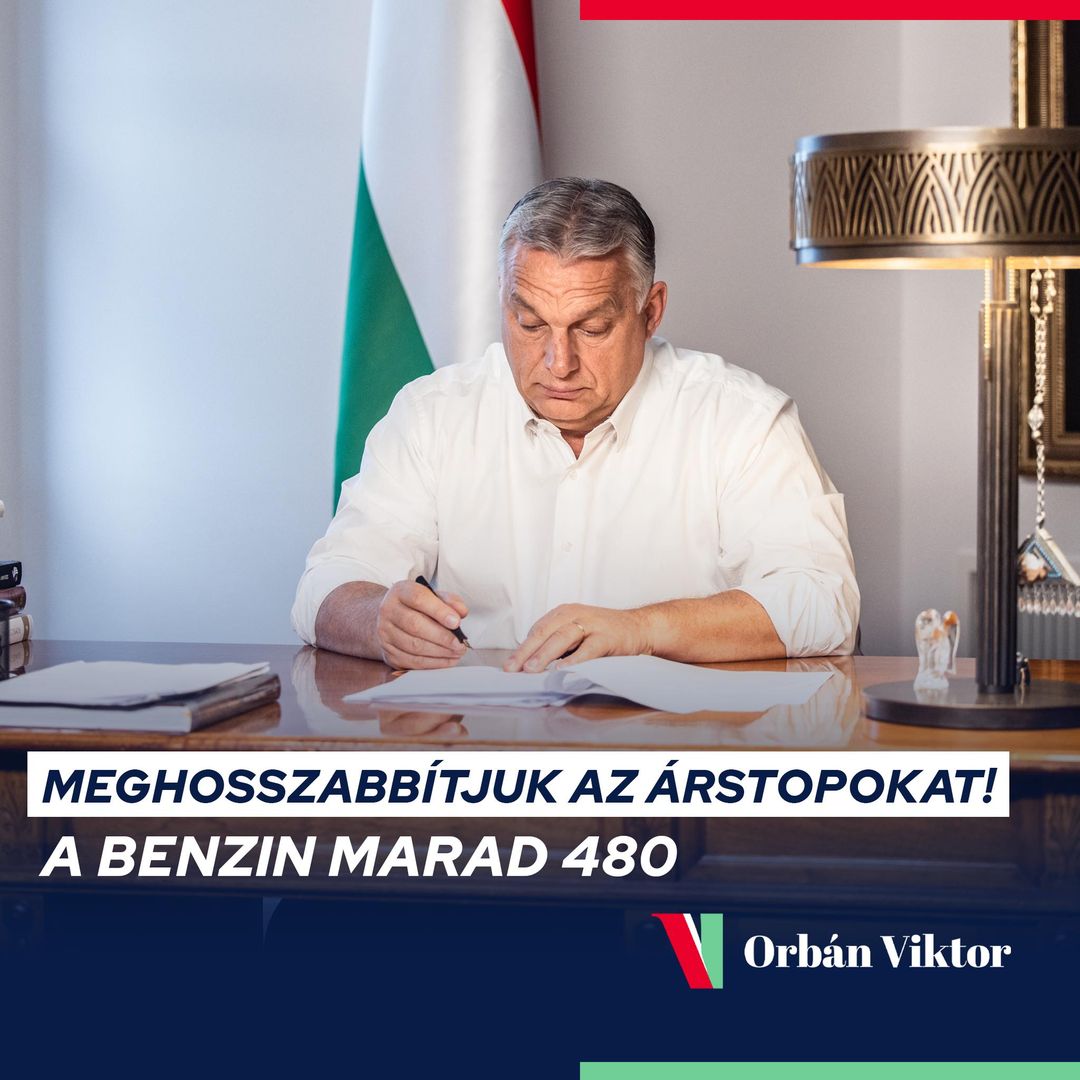
Photo: Facebook
Hungarian Prime Minister Viktor Orban recently announced that the government will extend the price cap on fuel prices, so petrol and diesel will remain cheap until 1 October. That is, until then, Hungarians will not have to pay more than €1.2 per litre at petrol stations.
